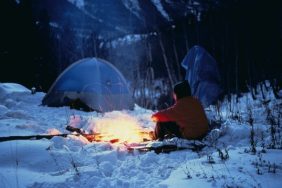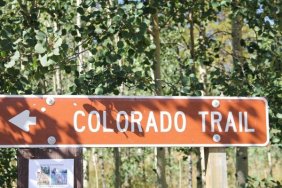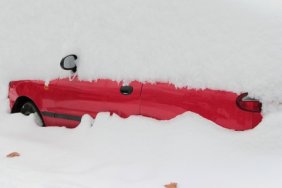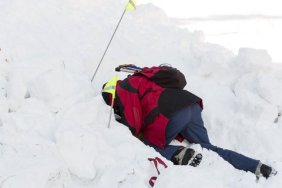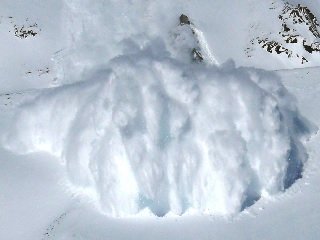 If you live in areas where avalanches have been known to occur, it’s smart, not to mention potentially life-saving, to brush up on your avalanche awareness before hitting the backcountry. One aspect of this involves familiarizing yourself with a few of the factors that can contribute to avalanches. Last week we took a look at how terrain plays a role in avalanches, and today we’ll continue with a look at how the weather is a factor, too.
If you live in areas where avalanches have been known to occur, it’s smart, not to mention potentially life-saving, to brush up on your avalanche awareness before hitting the backcountry. One aspect of this involves familiarizing yourself with a few of the factors that can contribute to avalanches. Last week we took a look at how terrain plays a role in avalanches, and today we’ll continue with a look at how the weather is a factor, too.
Snow tends to be its least stable during, or immediately after, a snowfall or rainstorm. Tons of snow falling over a short period of time is a sign that the snowpack could easily slide. In fact, periods where heavy, dense snow covers light powder can set up layers of unstable snow, while rain tends to seep through the snowpack and makes it easier for snow layers to slide.
Another factor in snow instability is the wind. High winds often pick up surface snow on one slope and deposit it on the other side of the ridge, creating a wind slab, which increases the likelihood of slides. To keep on top of this potential, pay attention to the wind throughout the day.
Finally, changes in temperature can cause a number of problems with snowpack stability. Temperature differences between the ground and new layers of snow, between different layers of snow, or even between the air and top layers of snow, can cause changes in how the snow forms itself into crystals. For example, one common crystal type is called “hoar,” also called “sugar snow,” which has a habit of not bonding with other snow, causing it to shift easily. Finally, warmer spring temperatures lead to warmer slopes, which can lead to shifting snow and wet slope avalanches.
Like most facets of the outdoors, there are several factors that can play a role in avalanches. If you tend to hit the backcountry in avalanche territory, keep these tips in mind to stay safe.





